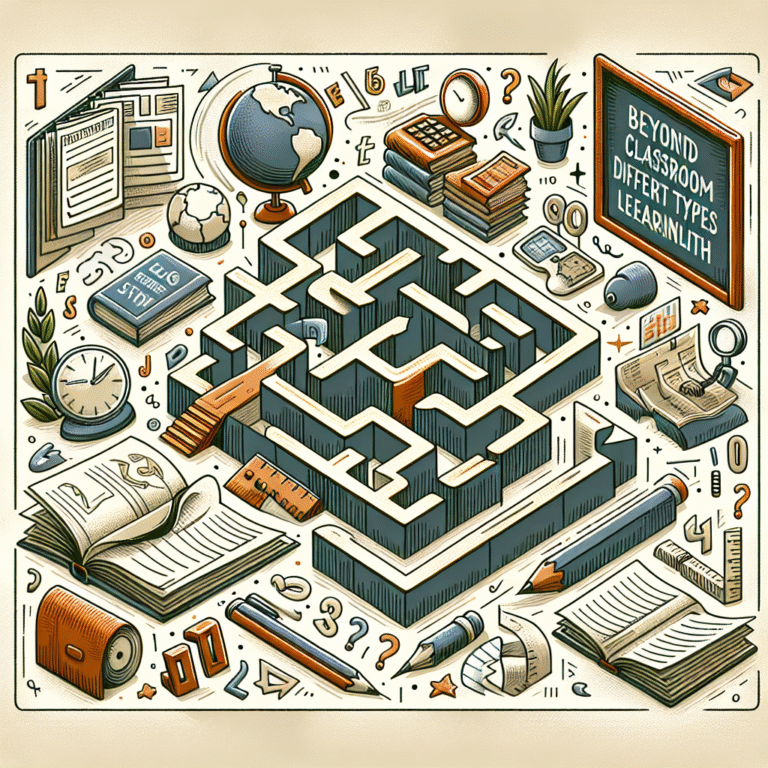
Awaken Your Imagination: Essential Techniques for Mastering Lucid Dreams
Introduction
Have you ever woken from a vivid dream, yearning to return to its enchanting landscape or wishing you could control your dream scenarios? The fascinating world of lucid dreaming offers exactly that: the ability to become aware that you are dreaming and potentially control your dream narrative. If you’ve ever wanted to dive deeper into this accessible yet mystical field, you’re in the right place. This guide, titled "Awaken Your Imagination: Essential Techniques for Mastering Lucid Dreams," unveils proven strategies to help beginners unlock their dreaming potential.
Lucid dreaming isn’t just an extraordinary experience; it can also genuinely enhance creativity, mental clarity, and even emotional resilience. As we explore various techniques throughout this article, you’ll learn to awaken your own imagination and harness the power of your subconscious. Let’s begin our journey into the dream-filled nights that await.
Understanding Lucid Dreams
What are Lucid Dreams?
Lucid dreams occur when the dreamer becomes aware that they are dreaming while still in the dream state. This realization can lead to various experiences, from gaining control over the dream’s narrative to simply enjoying the surreal and often impossible experiences that dreams afford. According to research, around 20% of individuals have experienced lucid dreaming at least once in their life — a statistic that showcases its potential for widespread appeal.
Benefits of Lucid Dreaming
There are numerous benefits to mastering lucid dreams, including:
Enhanced Creativity: Many artists, writers, and musicians have claimed that lucid dreams inspire their artistic expressions. The freedom of a limitless dreamworld can ignite creativity that may feel stifled in waking life.
Improved Problem-Solving: Being able to confront challenges in your dreams may help you develop solutions to real-life issues.
Overcoming Nightmares: Lucid dreaming can empower individuals to confront their fears within dreams, ultimately reducing the impact of nightmares.
- Personal Growth: By exploring your subconscious, you can gain deeper insights into your thoughts, feelings, and desires.
With these benefits in mind, it’s time to delve deeper into practical ways to enhance your lucid dreaming experiences.
Techniques to Awaken Your Imagination: Beginner Techniques for Mastering Lucid Dreams
1. Reality Checks
One of the simplest yet most effective techniques to initiate lucid dreaming is performing reality checks throughout your day. These checks encourage you to question your reality and can become ingrained as habits, eventually flowing into your dreams.
Common Reality Checks:
| Technique | Description |
|---|---|
| Pinching your nose | If you can breathe while pinching your nose shut, you are likely in a dream. |
| Reading text | Look at a piece of text, look away, and then read it again. In dreams, text often changes when you look away. |
| Hand examination | Look at your hands; in dreams, they may appear distorted or different. |
2. Keep a Dream Journal
Writing down your dreams increases your awareness of them and strengthens your memory. Keeping a dream journal can help you recognize recurring themes, characters, and places in your dreams.
Tips for Keeping a Dream Journal:
- Write Immediately: Record your dreams as soon as you wake up to capture those fleeting details.
- Include Emotions: Jot down not just what happened but also how you felt during the dream.
- Review Regularly: Look for patterns and recurring symbols that may signify important themes in your subconscious.
3. The Wake-Back-to-Bed (WBTB) Method
This technique involves waking up after 5-6 hours of sleep and staying awake for a short period (around 20-30 minutes) before going back to sleep. This can enhance your chances of entering REM sleep, where the most vivid dreams occur.
How to Implement WBTB:
- Set an alarm for 5-6 hours after you fall asleep.
- Once awake, engage in a quiet activity such as reading about lucid dreaming.
- Return to sleep with the intention of having a lucid dream.
4. Use Mnemonic Induction of Lucid Dreams (MILD)
MILD is a technique where you focus on the intention of becoming lucid before you sleep. It’s best implemented following a WBTB session.
Steps to Use MILD:
- As you fall asleep, repeat a phrase like, "I will realize I’m dreaming," imbuing it with confidence.
- Visualize yourself becoming aware in a dream.
- Maintain a relaxed mind while holding this intention.
5. Visualization Techniques
Visualization can be a powerful tool in lucid dreaming. It encourages your mind to create the desired dream scenario.
How to Visualize Effectively:
- Focus on a specific scene or situation you wish to experience in your dream.
- Engage all your senses in the visualization process. What does it look like? Sound like? Feel like?
- Use this technique while falling asleep to cue your brain for the dream you desire.
Case Studies: Real-Life Experiences
Sarah’s Journey with Reality Checks: Sarah was a novice dreamer who struggled to remember her dreams. After adopting frequent reality checks, she gradually became adept at discerning her dreams from reality. This simple change spawned her first lucid dream, in which she rode a flying whale, an experience she credits with reigniting her passion for creative writing.
- Mark’s WBTB Adventure: Mark implemented the WBTB method after reading about its effectiveness. After a few nights, he had a remarkably vivid dream where he could control the elements. This experience inspired him to create artwork that melds dreams and reality, illustrating how dreaming can rediscover hidden artistic talents.
Chart: Sleep Cycle and REM Sleep
| Sleep Stage | Description | Approx. Duration |
|---|---|---|
| NREM Stage 1 | Light sleep | 5-10 minutes |
| NREM Stage 2 | Deeper sleep | 20 minutes |
| NREM Stage 3 | Deep sleep (slow-wave sleep) | 30-40 minutes |
| REM Sleep | Vivid dreaming | 10-20 minutes |
Conclusion
Awaken your imagination through the captivating realm of lucid dreaming! The techniques we’ve explored – from reality checks to visualization – are not just steps but gateways to a more expansive understanding of your psyche. Each night offers a chance for new adventures, creativity, and personal growth. As you embark on this journey, remember to be patient and persistent; mastering lucid dreams takes practice.
Whether you seek to conquer your fears, enhance your creativity, or simply explore a universe of your making, the tools provided herein will serve you well. So, lie down tonight, close your eyes, and let your imagination soar.
FAQs Section
1. Can anyone learn to lucid dream?
Yes! Most people can learn to lucid dream with practice and by implementing techniques such as reality checks and dream journaling.
2. How long does it take to master lucid dreaming?
The timeline varies: some individuals may experience lucid dreams within a week, while others may take several months to achieve consistent lucidity.
3. Are lucid dreams safe?
Yes, lucid dreaming is generally safe. However, if you suffer from mental health issues or sleep disorders, it’s advisable to consult a healthcare professional.
4. Do I need to wake up to have a lucid dream?
Typically, you don’t need to awaken fully to have a lucid dream. Techniques like MILD can help you achieve lucidity while remaining in a relaxed state.
5. What if I can’t remember my dreams?
Keeping a dream journal can enhance your dream recall. Consider also practicing the reality checks and MILD techniques to increase awareness and memory.
By implementing these beginner techniques, you are well on your way to mastering the art of lucid dreaming. Awaken your imagination and explore your inner world like never before!














